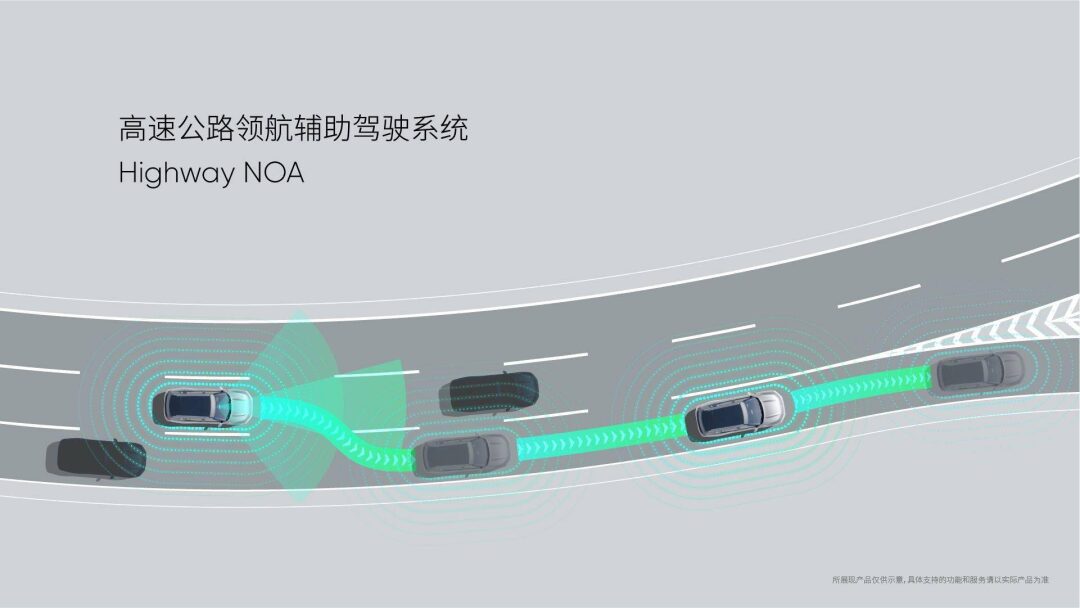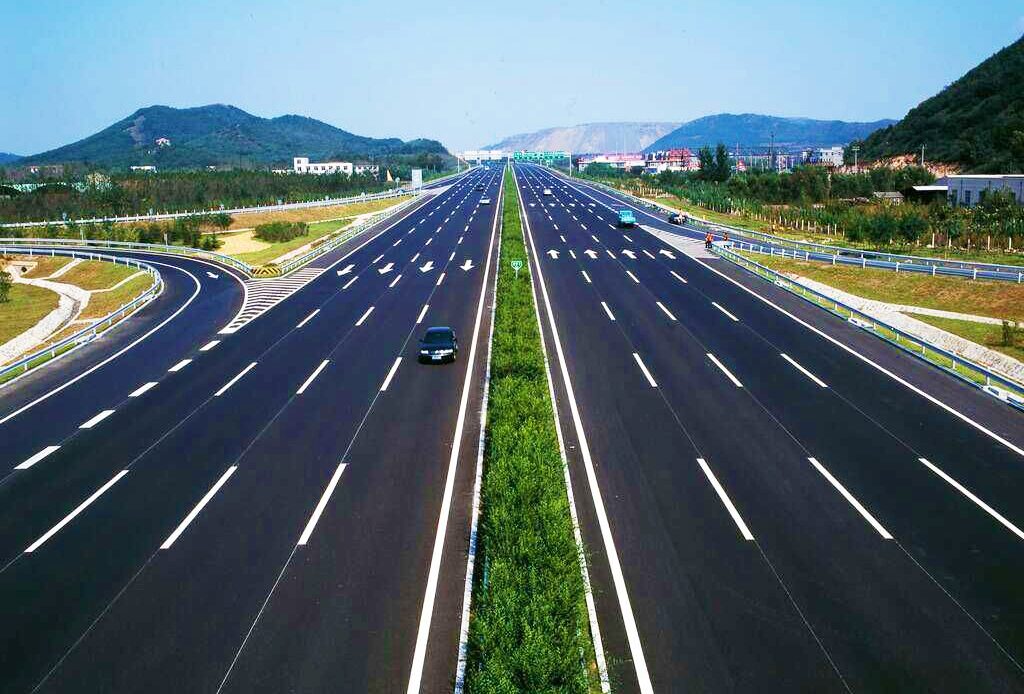ADAS, or Advanced Driving Assistance System, refers to a technology that utilizes various sensors (millimeter wave radar, lidar, monocular and binocular cameras, and satellite navigation) installed in vehicles to sense the surrounding environment during driving. It collects data to identify, detect, and track static and dynamic objects, and combines this with navigation map data to perform systematic calculations and analysis. This allows drivers to be alerted to potential dangers in advance, effectively enhancing the comfort and safety of driving. This article mainly focuses on introducing the ADAS feature—Automated Navigation Assistance (NOA).

What is Automated Navigation Assistance (NOA)?
The essence of this functionality is to combine “navigation” with “driving assistance.” Based on the original L2 driving assistance (such as lane keeping and adaptive cruise control), it adds navigation information from the vehicle’s system (like mapping software) to achieve automated lane changes, allowing for automated driving from point A to point B.

This is similar to how the human brain works; when driving, a person looks at the navigation map while also observing the lane markings and other vehicles on the road. Both aspects work together. Domestic vehicles have already introduced similar functions, although the English abbreviations differ, the essential functionality remains the same:
Tesla calls it NOA (Navigate on Autopilot), launched on June 6, 2019.
NIO calls it NOP (Navigate On Pilot), launched on October 13, 2020;
Xpeng calls it NGP (Navigation Guided Pilot), launched on January 26, 2021.

Advantages of NOA Automated Driving
The advantages of NOA automated driving on elevated highways far exceed common perceptions.
#01
The proportion of driving time spent on urban elevated highways is increasing. The NOA feature is most valuable during high-speed driving. For example, if it takes one hour to travel from point A to point B, and 50 minutes are spent on elevated highways while only 10 minutes are on regular roads, this means that high-speed automated driving can assist the driver for 80% of the driving time.
#02
The technology for automated driving on elevated highways is relatively simple. Due to regulatory requirements, the types of objects encountered on elevated highways are very fixed and have distinct characteristics. This significantly reduces the difficulty for artificial intelligence to accurately identify road conditions. On elevated highways, the road conditions, signs, and markings are very similar, offering strong general applicability. Given the abundance of elevated highway segments, collecting images is relatively easy.

#03
Automated driving on elevated highways can achieve a safety level that is an order of magnitude higher than human driving, with safety improved by an order of magnitude, meaning the accident rate is reduced to one-tenth of the original. According to a vehicle safety data report from a certain car company in the first quarter of 2021, the average mileage accident rate for a certain brand of vehicles is about 1/9 of the U.S. average, approaching 10%.
Conclusion
The NOA system can achieve functions such as autonomous entry and exit of ramps, intelligent lane changes, intelligent overtaking, warning notifications, lane keeping, automatic avoidance, cruising, and human-machine cooperative driving interaction. It can also autonomously slow down when navigating through large-radius curves, meeting user driving needs across multiple scenarios including highways, elevated roads, and urban roads. This reduces the user’s long-term driving burden, alleviates driving fatigue, enhances the driving experience, and makes driving safer, more efficient, and more comfortable, thereby improving driving safety.

The National Intelligent Connected Vehicle (Changsha) Testing Zone has completed the construction of full vehicle ADAS testing capabilities, including AEB, BSD, LKA, LDW, ACC, etc. The main testing equipment includes driving robots, RT, pedestrian dragging systems, EVT, alarm signal collectors, road testing equipment, high-precision regulatory positioning testing equipment, etc., supporting N-CAP, I-VISTA intelligent index as well as JB/T, GB/T tests.

National Intelligent Connected Vehicle (Changsha) Testing Zone Highway
Currently, Hunan Province has issued the “Implementation Rules for the Road Testing and Demonstration Application Management of Intelligent Connected Vehicles in Hunan Province (Trial),” clearly supporting highway testing and has simultaneously opened 56.1 km of highway segments for intelligent connected vehicle road testing and demonstration applications. As a provincial-level third-party organization in Hunan, the China Automotive Technology and Research Center Intelligent Connected (Hunan) Company will actively support and promote the issuance of the first batch of highway testing licenses, ensuring the acceptance of applications related to intelligent connected vehicle road testing and demonstration applications, qualification preliminary review, process supervision, data collection, and situation evaluation summary, providing guarantee services for intelligent connected vehicle highway testing.
We welcome angel round and A round enterprises from the entire automotive industry chain (including the power battery industry chain) to join the group(Recommendations will be made to 800 automotive investment institutions including top-tier organizations);There are communication groups for leaders of innovative technology companies、dozens of groups related to the automotive industry including whole vehicles, automotive semiconductors, key components, new energy vehicles, intelligent connected vehicles, aftermarket, automotive investment, autonomous driving, and vehicle networking. Please scan the administrator’s WeChat to join the group(Please indicate your company name)
